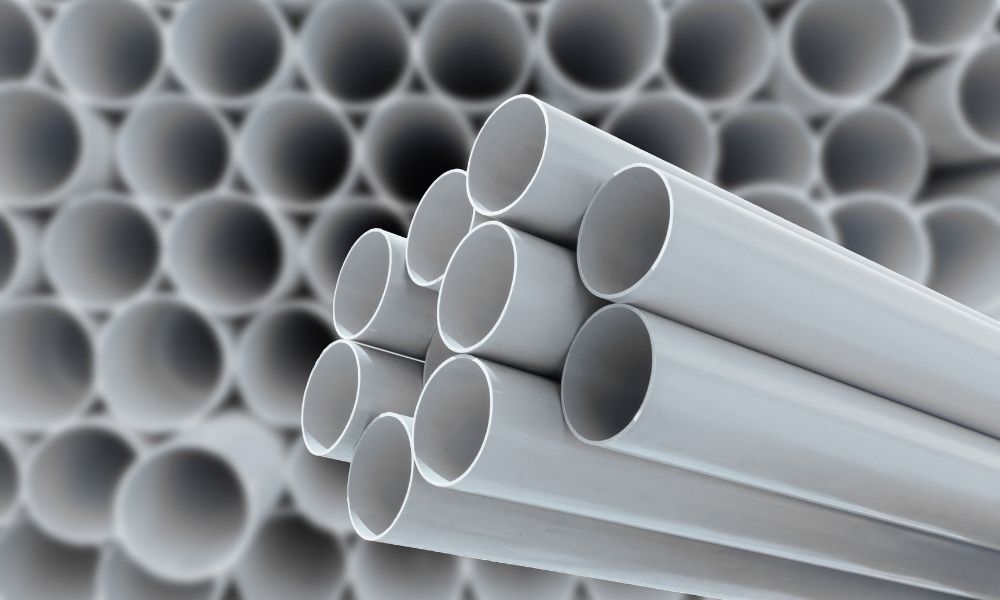In the age of environmental awareness and sustainability, reimagining our infrastructure has become a pressing necessity. One critical facet of this transformation lies in the reevaluation of our dependency on plastic. From drainage systems to water supply networks, لوله پلی اتیلن چیست have long been the go-to choice for various infrastructural needs. However, the detrimental impact of plastic on the environment has spurred a quest for alternative materials that offer both functionality and eco-friendliness.
Rethinking Infrastructure: Beyond Plastic Pipes
The traditional use of plastic pipes in construction and infrastructure has contributed significantly to the proliferation of plastic waste globally. Their durability, low cost, and ease of installation have made them ubiquitous. Yet, their environmental toll has raised concerns, leading engineers and environmentalists to seek sustainable alternatives.
The Rise of Non-Plastic Alternatives
In response to the environmental challenges posed by plastic, innovative solutions have emerged. Materials like clay, concrete, cast iron, and even bamboo have been revisited and reengineered to meet the demands of modern infrastructure.
1. Clay Pipes:
Clay, a material with a long history in construction, has made a resurgence in the form of clay pipes. Known for their durability and resistance to corrosion, these pipes offer a sustainable and eco-friendly alternative to plastic. Moreover, their longevity can significantly reduce maintenance costs in the long run.
2. Concrete Pipes:
Concrete, another versatile material, has been adapted to suit piping needs. Reinforced concrete pipes are not only sturdy and durable but also recyclable. Advances in concrete technology have led to the development of high-performance concrete pipes that offer strength while minimizing environmental impact.
3. Cast Iron and Steel:
Cast iron and steel pipes, though not new to the infrastructure scene, have undergone advancements to improve their sustainability. These materials boast high strength and durability, making them viable alternatives to plastic. Additionally, their recyclability aligns with circular economy principles.
4. Bamboo and Other Biodegradables:
Innovative experiments have explored the use of bamboo and biodegradable materials for pipe construction. While these materials are still in the experimental stage, their biodegradability presents a promising avenue for reducing the environmental footprint of infrastructure projects.
Challenges and Future Prospects
Transitioning from plastic pipes to non-plastic alternatives is not without its challenges. Cost implications, compatibility with existing systems, and scalability are some of the hurdles that need to be addressed. Additionally, educating stakeholders and encouraging adoption will be crucial in driving this shift towards sustainable infrastructure.
However, the prospects for a plastic-free infrastructure are promising. With continued research, technological advancements, and collaborative efforts across industries, the adoption of non-plastic alternatives can become more widespread. Governments, policymakers, engineers, and the public play pivotal roles in steering this transformation.
